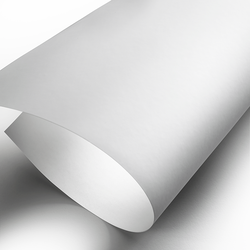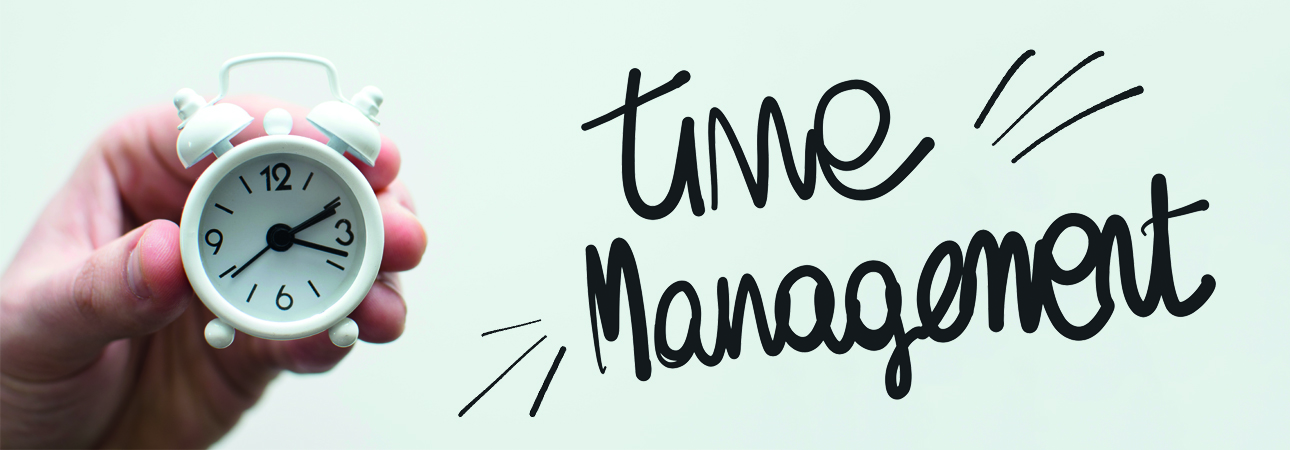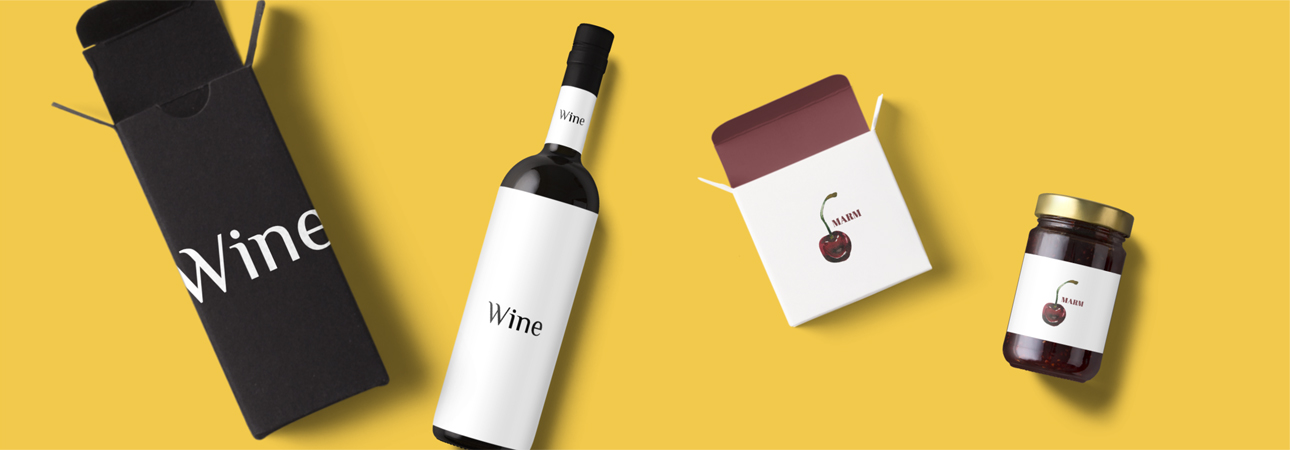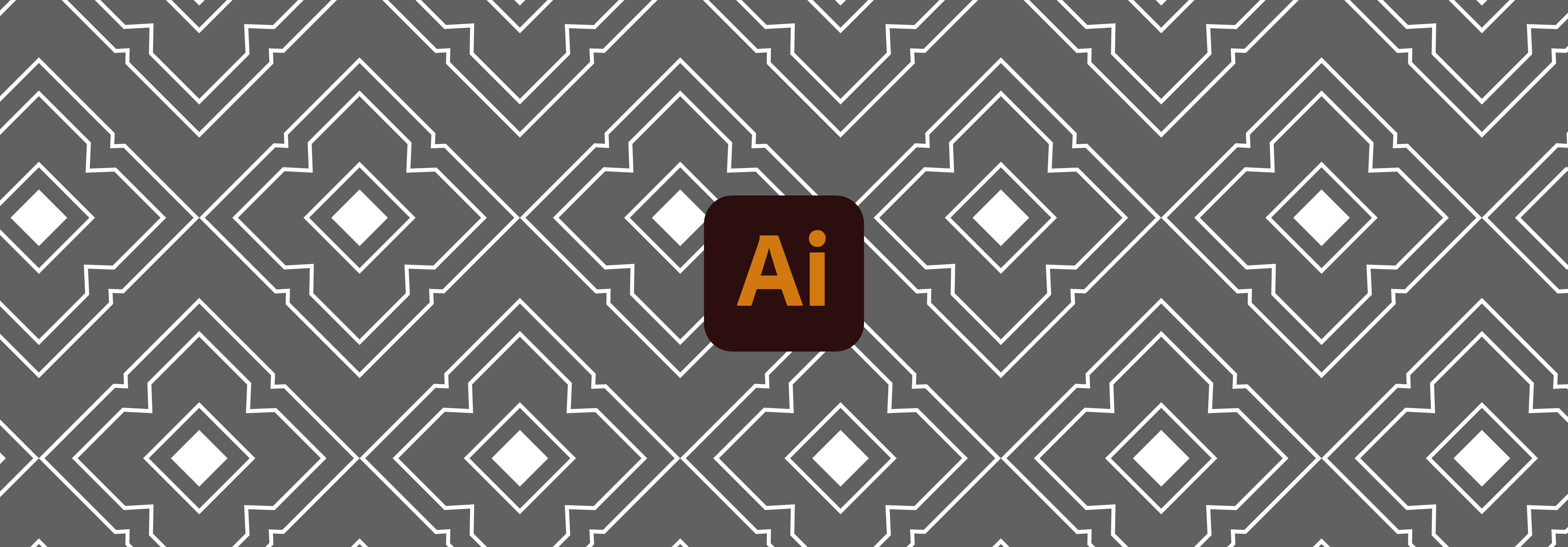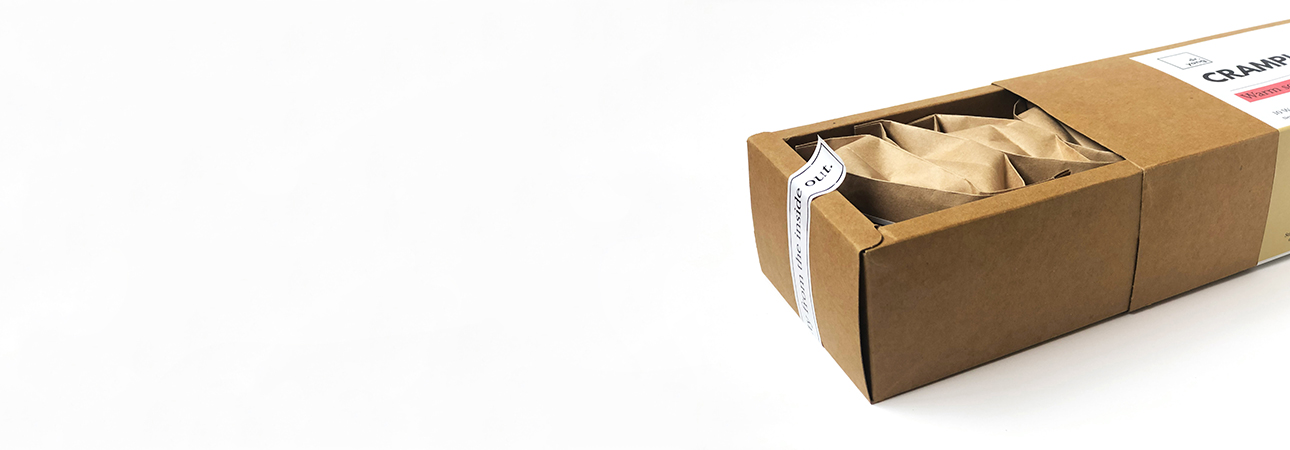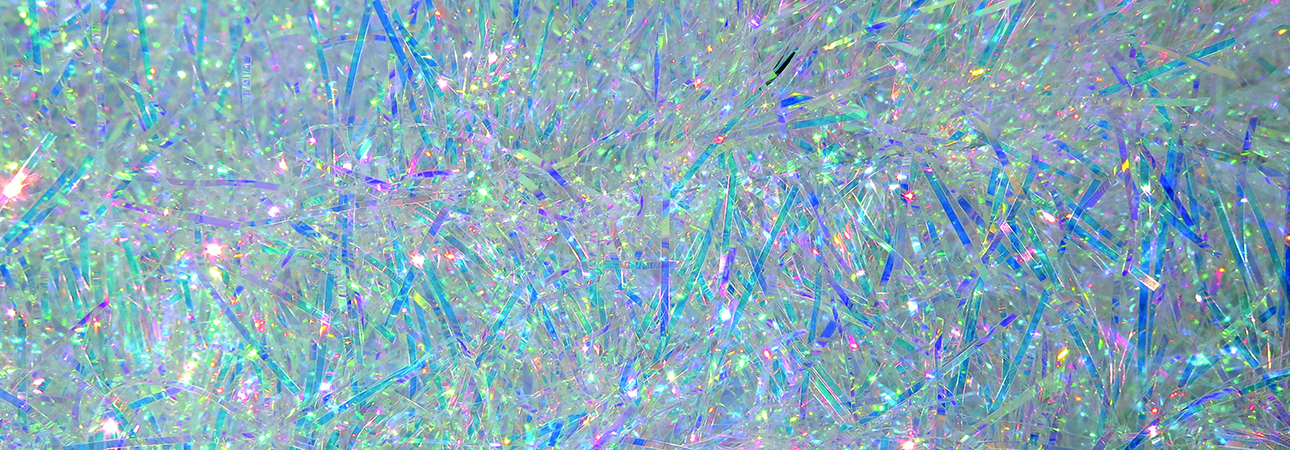Did you like the article? Share it!
The ultimate guide to screen printing (on paper)
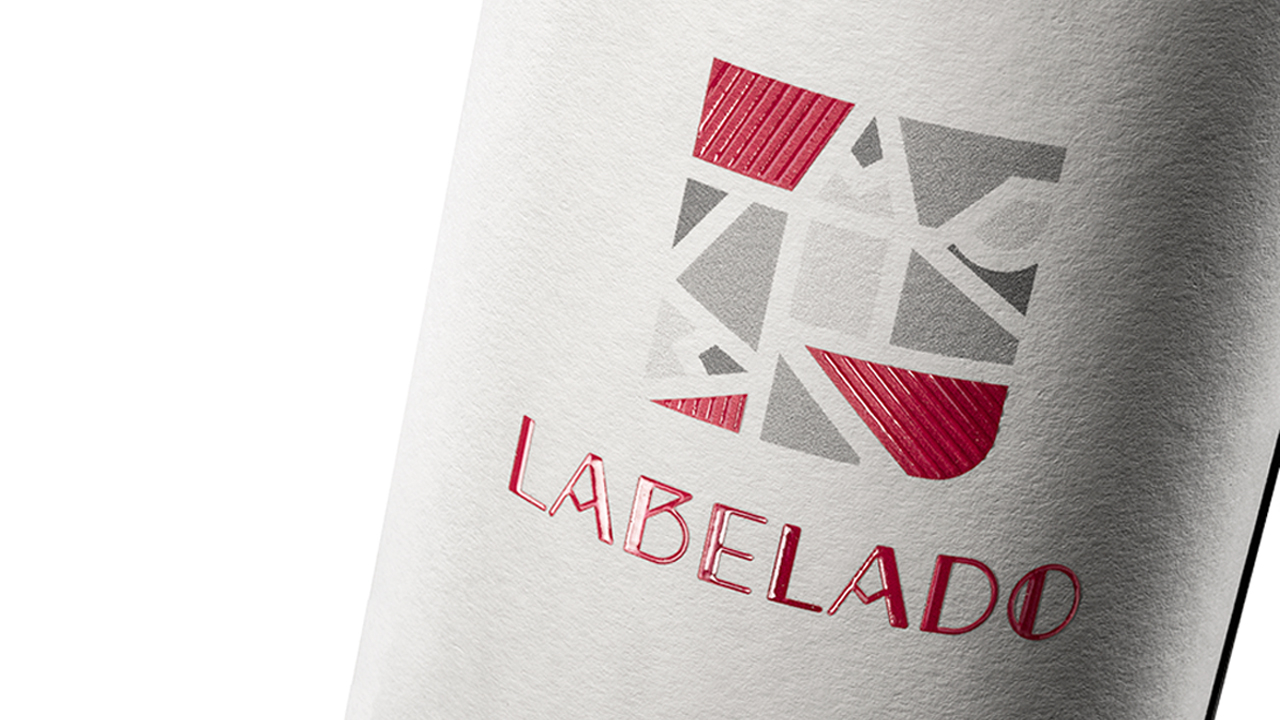
What is screen printing (ON PAPER)? And how can I use it to make my labels prettier?
Here’s everything you need to know about screen printing and how to use it on Oppaca.
Screen printing is a printing technique where a mesh made of is used to transfer ink onto a substrate (paper or film), except in areas made impermeable to the ink by a blocking polymer. A blade made of rubber is moved across the screen, forward and backward, to fill the open holes with ink and spread the ink equally on the substrate.
The screen printing tool, how is it created?
A screen printing tool is made of a piece of mesh made of a synthetic polymer stretched over a metal frame.
For the mesh to be effective, it must be mounted on a frame and it must be under tension. The tension of the mesh may be checked by using a tensiometer; a common unit for the measurement of the tension of the mesh is Newton per centimeter (N/cm).
But how is it possible to create the printing holes on the mesh?
These holes are formed by blocking off parts of the screen in the negative image of the design to be printed; that is, the open spaces are where the ink will appear on the substrate. This process needs a prepress phase in which we need a film printed with the required design. Once we have the final design, the mesh, covered with a polymer, is exposed to ultra-violet light, through that film.
This hardens the polymer in the exposed areas but leaves the unexposed parts soft. They are then washed away using water, leaving behind a clean area in the mesh with the identical shape as the desired image, which will allow passage of ink.
Fun fact
There are various terms used for what is essentially the same technique. Traditionally the process was called screen printing or silkscreen printing because silk was used in the process.
So having firmly established that screen printing is a really cool printing method, let's see how screen printing can be used to enhance your labels.
Ink screen printing, more deep and matt colors
The ink screen printing method is used to reproduce colorfull images on your choosen substrate through a thick layer of ink.
One color is printed at a time, so several screens can be used to produce a multicoloured image or design.
The advantage of using a thick layer of ink is that the colors can be more deep and matt then offset or digital printed colors.
Unfortunately more colors you choose, more expensive will be your label since each color needs one screen printing tool and a huge quantity of ink.
High-build gloss varnish, make some details of your label shiny
This type of screen printing allows you to highlight some of the design elements of the label, creating a three-dimensional effect through a gloss varnish. On Oppaca you can choose this type of finishing to create top precision varnishing on certain printing details, be it in large format or small dimensions. This finishing is recommended for both visual and tactile embellishing, giving prominence on the label to elements such as the name of your brand.
What kind of substrate can be used to make the shiny detail stand out?
Here at Oppaca, we know that a really cool finishing can't be enough without the perfect substrate. The perfect match is the key for a succesfull label. That’s why we suggest you some of our substrates that will make your high-build gloss varnish detail stand out.
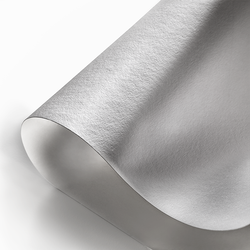
Natural paper
The Natural Paper options are those with a non-treated look, characterised by interesting matt finishes, natural colours in different shades of white or ivory and coming in a variety of grammages.
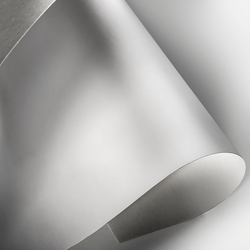
Of course, the final choice is up to you
Get started creating your own shiny label with our instant online estimator, by selecting the High-build gloss varnish option in the Finishings tab, otherwise if you need answers or you want to learn more about a particular topic, write us with this form, and a member of the Oppaca Staff will respond as soon as possible.
Next

